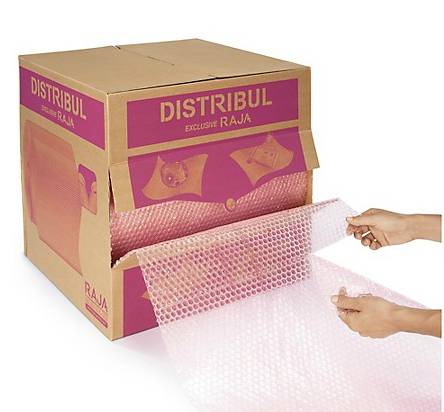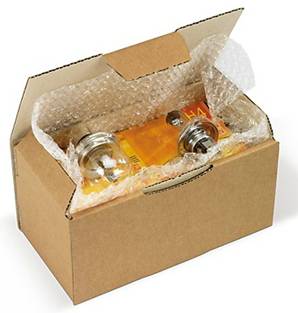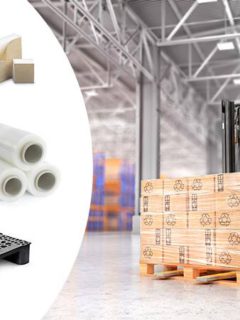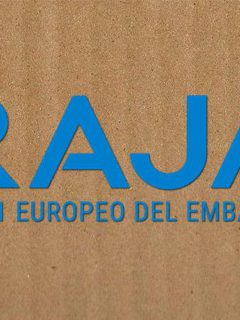In ecommerce a user does not really see what they have purchased until they have it at home transported by the courier. The moment of truth, therefore, is when the buyer receives and opens their package, and the feeling they have at that moment will largely depend on whether or not to repeat as a customer. If everything went well and the product is as expected, perfect, because we have a good chance that they will buy from us again, but what if it is not what they wanted and want to return it? A return is a crisis in our relationship with the customer, but, as such, we can take advantage by properly serving the user and, not only will we not lose them as a customer, but we can make them loyal and even make them a prescriber of our brand through their experience. What should we take into account with returns in ecommerce?
- Last year, Law 3/2014 amended the General Law for the Defence of Consumers and Users and by it the user has the right to withdraw from the purchase without giving any explanation during the 14 days following the purchase of the product.
- The same law obliges online sellers to inform in a “clear, understandable, precise and adequate manner” about the process of returning products.
- The customer has to return the purchased products in good condition, without visible use or damage. In many cases, it is also necessary to send it back in its original packaging.
- In many cases, the ecommerce itself will have to provide the packaging for the return. Using padding as protection will prevent the product from being damaged during the return transport. Padding chips are usually an easy and convenient, as well as economical solution to protect and reuse in large orders (for small products, padding chips can also be used).
- A well-chosen packaging ensures that the product arrives at its destination in the same condition in which it arrived to the buyer. There is adequate protection for each packaging, which fits the product and which can be reused in its return, such as netting, bubble wrap, bubble wrap for electronic components, etc.

- A reliable logistics operator reduces the risks and additional damage during returns. Support your logistics service with effective protection systems such as corner protectors or strapping that will secure the shipment.
- At both delivery and return, identify your shipments. This is the best way to offer a good service. Add labels to your shipments to make it easier to return the package.
- Unless the cause of the return is attributable to the seller, the costs are borne by the user, although it is true that, like shipping, it is increasingly being offered free of charge in certain circumstances to ensure customer loyalty
- Make returns easy, the easier it is for the user to return the product and get a refund, the more likely they are to be satisfied and buy again.
*Rajapack’s advice: Use boxes for your shipments that are easy to open and can be reused this will ensure that your packages arrive in perfect condition and return with the same packaging without affecting more breakages or loss of customer confidence. Remember that in the process of returning a purchase we can lose our users if the process is not as simple and prudent as possible. Details count 😉
this will ensure that your packages arrive in perfect condition and return with the same packaging without affecting more breakages or loss of customer confidence. Remember that in the process of returning a purchase we can lose our users if the process is not as simple and prudent as possible. Details count 😉














